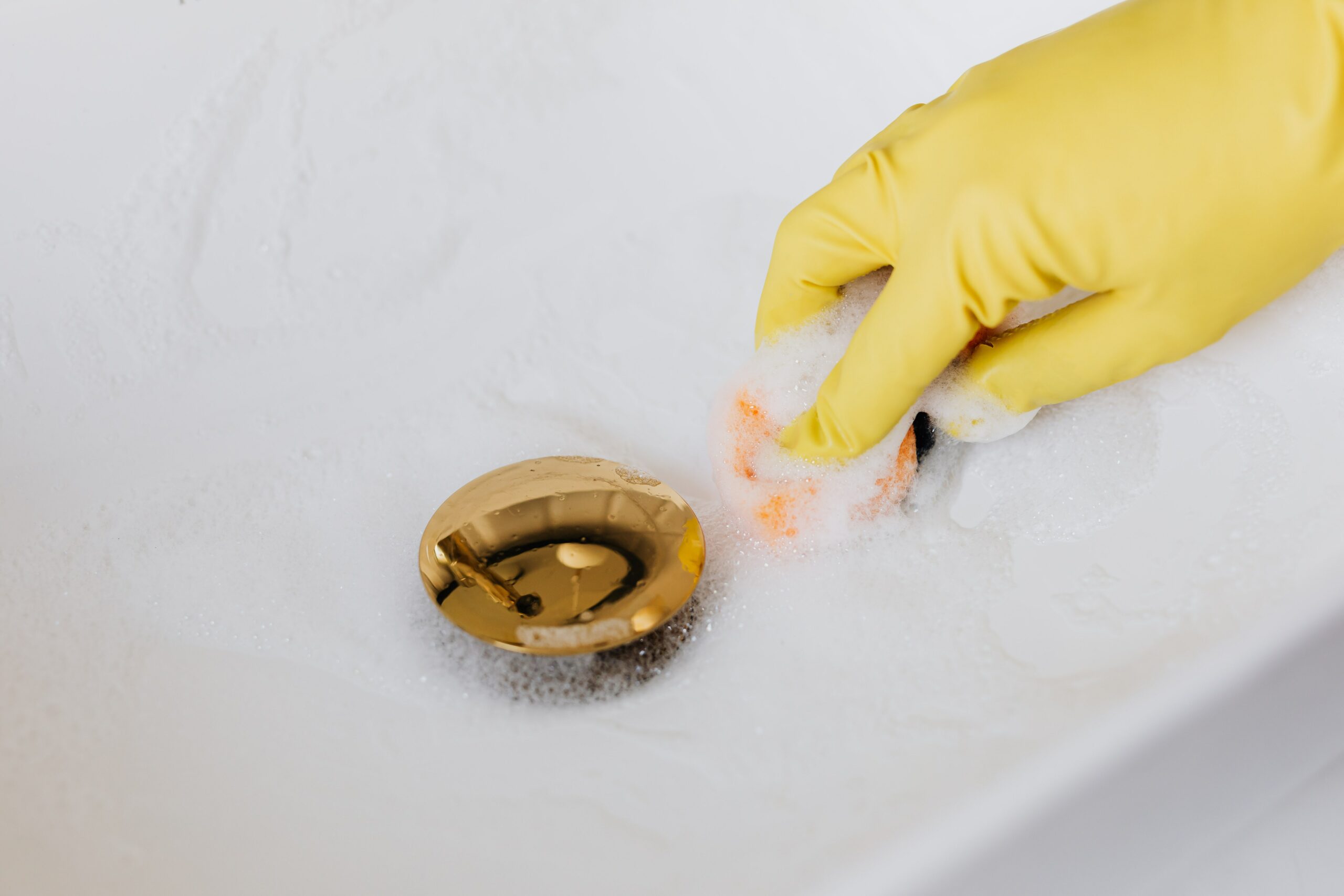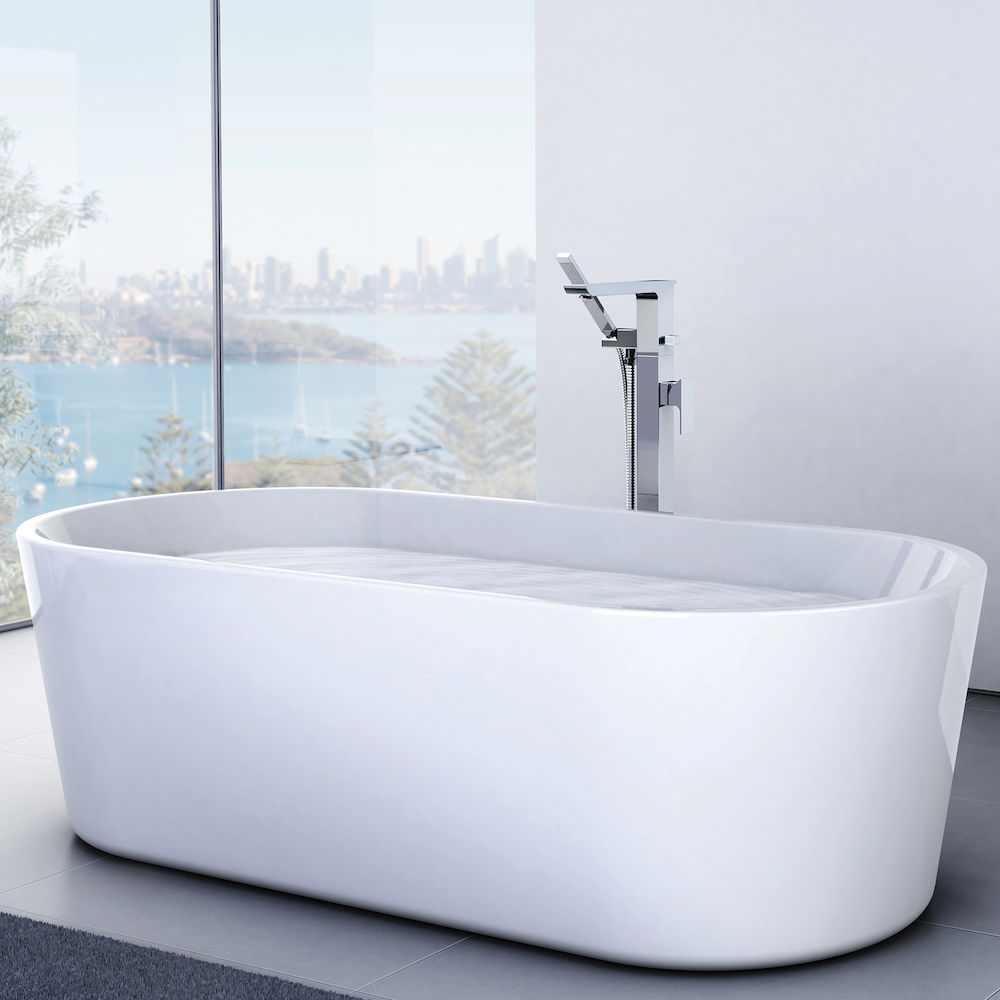Table of Contents
Do water filters really remove lead? How do you check your filtered water for lead poisoning? Should you replace your water filter?
For many households in Australia, lead poisoning is a severe threat. Even if you’re using a water filter, it’s essential to check whether or not it’s successfully removing the lead from your water supply. Here’s everything you need to know about lead in your drinking water and how to check that your water filter really removes lead.
First Things First: How Lead Is Introduced into Drinking Water
Lead is a heavy metal, much denser than the most common materials found in many households’ plumbing fixtures, such as brass used for most taps and pipes.
Any plumbing fixture which contains lead may let lead into the water, especially when the water is heated. Lead is also more likely to leak into the water when pipes corrode, mainly if the water is highly acidic (rainwater) or low in mineral content.
Why Lead Exposure Is a Health Concern
Lead exposure over a prolonged time can result in lead poisoning. Adults may experience various health complications like reproductive issues, damage to the kidneys and abdomen, neurological changes, fatigue, anaemia, and high blood pressure.
Children and foetuses exposed to lead may develop intellectual disabilities and suffer from behavioural problems, low IQ, hearing problems and learning difficulties. Lead poisoning in high doses can result in emergency symptoms such as vomiting, seizures, coma, and muscle weakness.
Because lead in water is such a significant concern, we must ask: how do you remove lead from water?
How You Can Remove Lead from Your Water Supply
Installing a superior quality water filtration or purification system is a highly effective and relevant prevention mechanism. These systems may reduce unwanted contaminants, including lead, in drinking water. Brands like Puretec have been in the water filtration industry for nearly 30 years and are an excellent choice when choosing water filtration products. You can generally choose between an under sink water filter or a bench top water filter.
Since there are so many water purification systems available, you must ensure the supplier can present third-party test results. These laboratory-tested results should show the individual contaminant reductions for the duration of the filter cartridge rated capacity.
These results will also determine the answer to frequently asked questions like how long does it take to remove lead from water? And how much lead can a filter remove?
How to Filter Water
There are various types of water filters from which to choose, but which filtration removes lead the best? Since any water filter system is better than none, the best water filter system is the one you can afford to use daily.
Here are the three most standard water filtration system types for a household’s daily use:
1. Reverse Osmosis
The reverse osmosis process reverses the natural flow of water and the process of osmosis, which allows water to pass through a semipermeable membrane. A highly concentrated solution changes to a more diluted one as it passes through the membrane. The minuscule pore size of reverse osmosis systems causes the highly effective removal of chemical contaminants, such as lead, as well as of the bacteria regularly found in tap water.
2. Distillation
This water treatment solution involves heating water to a boiling point and collecting the condensation, leaving contaminants behind. Distillation is also classified as highly effective by the CDC to remove lead in water, chromium, and other chemical pollutants. Along with reverse osmosis, this process removes common bacteria from tap water.
3. Activated Carbon Filters
An activated carbon tap water filter removes toxins and contaminants employing absorption. Since carbon absorbs organic molecules and traps them within the carbon pores, clean water is allowed to pass through. It’s important to note that the surface of this type of drinking water filter becomes saturated and must be replaced regularly to ensure its continued efficacy.
How to Check If Your Filter Really Removes the Lead from Your Water
Check for Damage
Some filters may come with manufacturing defects. You could also damage it by accidentally dropping it or exposing it to scalding water, causing the plastic filter housing to melt.
Furthermore, excess sediment can build up and clog the system, preventing the proper flow of water.
Examine Your Pipes
An obvious way to check for potential lead poisoning is to determine whether your pipes are made of lead. There are two types of lines to check for: the pipes inside your home and the header pipe. You can inspect the pipes to see if they’re made of plastic or copper. However, if the pipes are black or grey, they could be lead or galvanised steel.
To check the pipes in your home, take a key or a coin and scratch the surface. If you start to see a white line on the surface of the pipe, that means it’s probably a lead pipe. If you can’t see a scratch, that means it’s a galvanised steel pipe.
To check the header pipe, you have to call your water supplier. The local Water and Sewage Department should be able to find records for your home’s header pipe.
Check Your Lead Levels: Drinking Water Tester
Step 1
If you want to ensure you get the right information, you can test your water for lead by a testing lab that’s certified by your specific area’s Department of Environmental Protection.
Step 2
You can either collect a sample container or ask them to mail it to you.
Step 3
Check whether you need to follow specific instructions when taking the sample. You can always ask the lab to provide this information.
Step 4
It’s essential to collect your sample first thing in the morning. This is because your water should have been stagnant for a minimum of six hours to get an accurate reading.
Step 5
Once you’ve collected the sample, you can either drop it off again at the lab or mail it to them.
Step 6
Most labs will simply email you the results. The results you receive will either reflect in part per billion or milligrams per litre.
Make Sure Your Tap Filter Attachment Is Properly Installed
Instead of struggling on your own, pay a professional to install your water filter properly. Faulty installation may lead to leakage, as well as lead poisoning.
Replace Old Filters
Replacing a carbon filter is the best way to prevent lead poisoning.
Research suggests that activated carbon filters eventually reach a point where they cannot retain any more lead, so lead could get past the filter if you use it for too long.
Need help?
Contact us today for all your water filtration needs!





